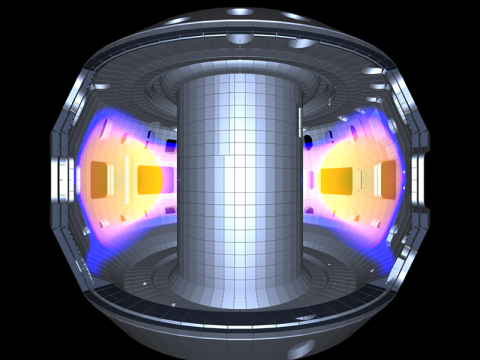
Negative triangularity exhibits high core fusion performance and good power handling, pointing to a compelling approach for future fusion pilot plants.
![Kinetic profiles in JET baseline D-T discharge #99948 with time window [49.5-50.0s]. The red line shows predictions by the TGYRO transport code and the blue and green dots show the corresponding experimental data.](/sites/default/files/styles/embed_image_large_480px_width_/public/2025-08/081925-fes-fusion-device.png?itok=zU1nj3eY)
Researchers validate a new workflow for plasma transport models, aiding future fusion device design.
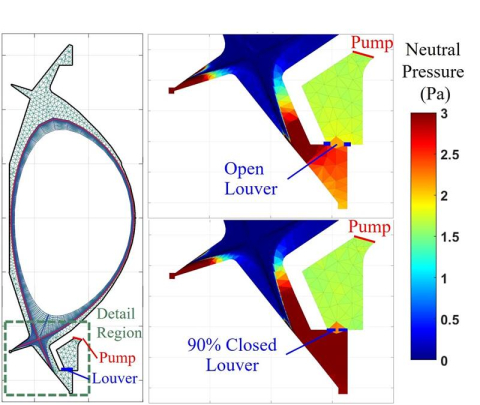
Public researchers partner with a private company to improve simulations key to controlling plasma heat in a fusion energy power plant.
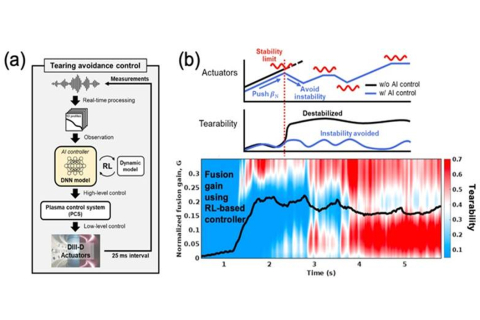
Researchers trained a deep reinforcement learning algorithm to adjust magnetic confinement fields in real time to maintain plasma stability.
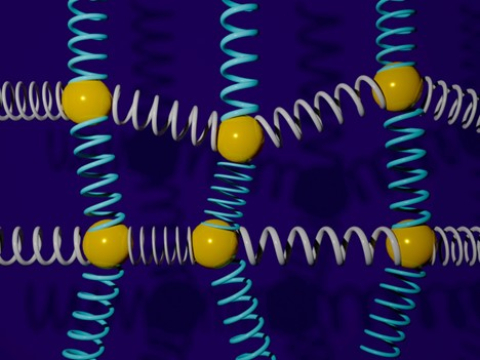
A new quantum algorithm speeds up simulations of coupled oscillators dynamics.
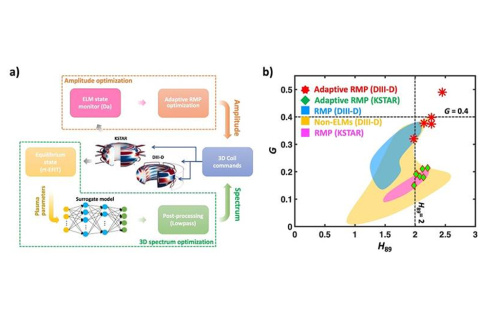
Integrating machine learning with real-time adaptive control produces high-performance plasmas without edge instabilities, a key for future fusion reactors.
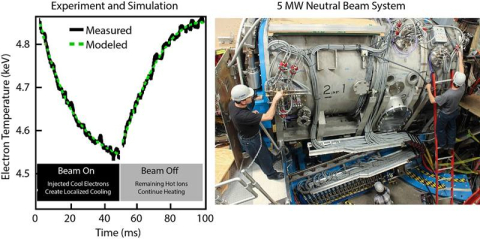
Study finds that neutral beam performance can be experimentally deduced from electron temperature evolution during neutral beam injection.

The first measurement of ion temperature in magnetic islands identified a steep gradient, providing insights for improving plasma confinement in tokamaks.
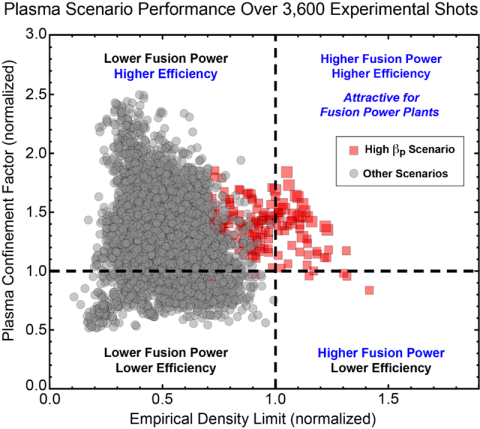
By achieving very high density and confinement quality at the same time, researchers make new strides toward fusion energy.
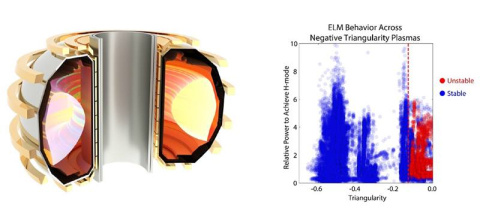
Plasmas with negative triangularity show reduced gradients that develop into instabilities, including under conditions relevant to fusion power plants.

